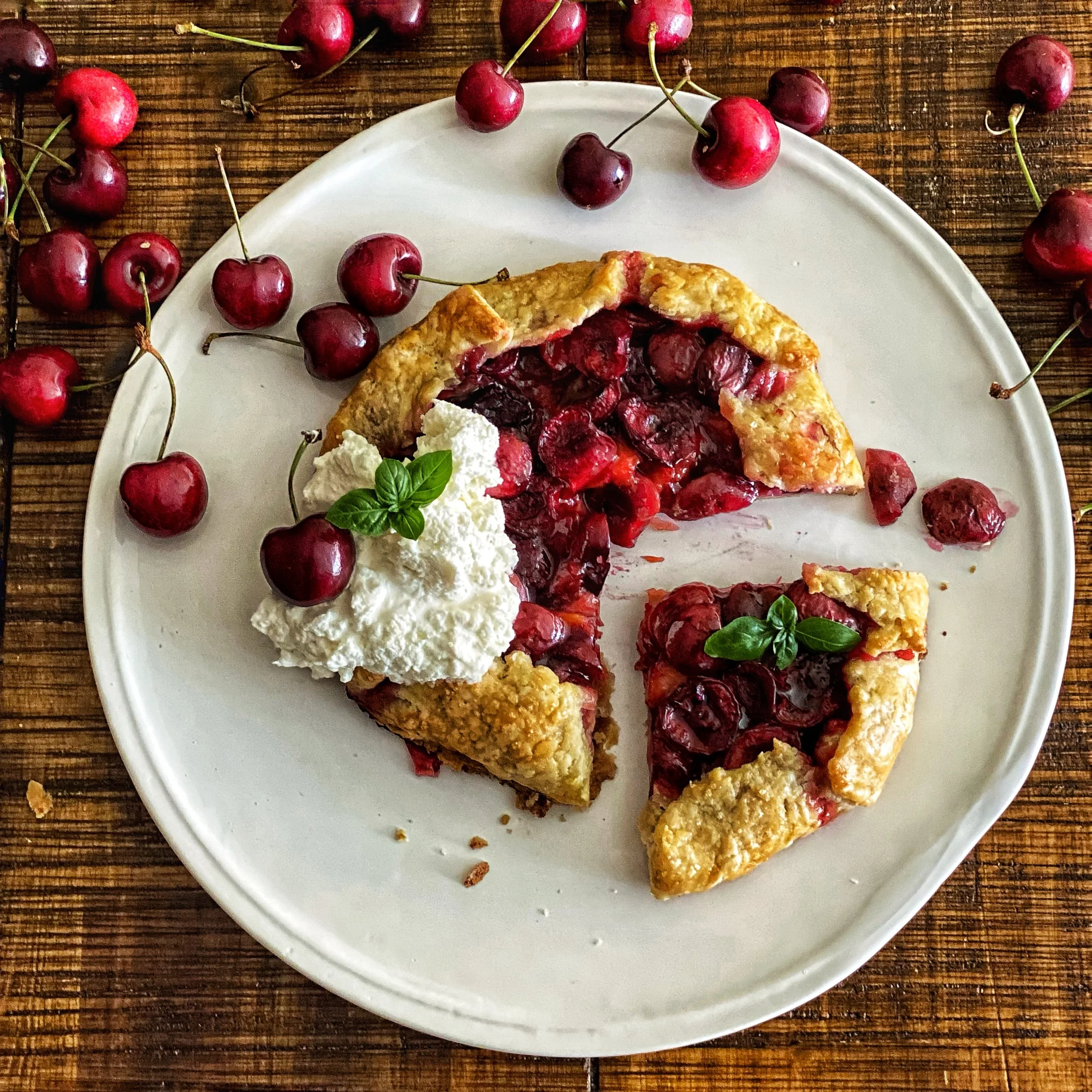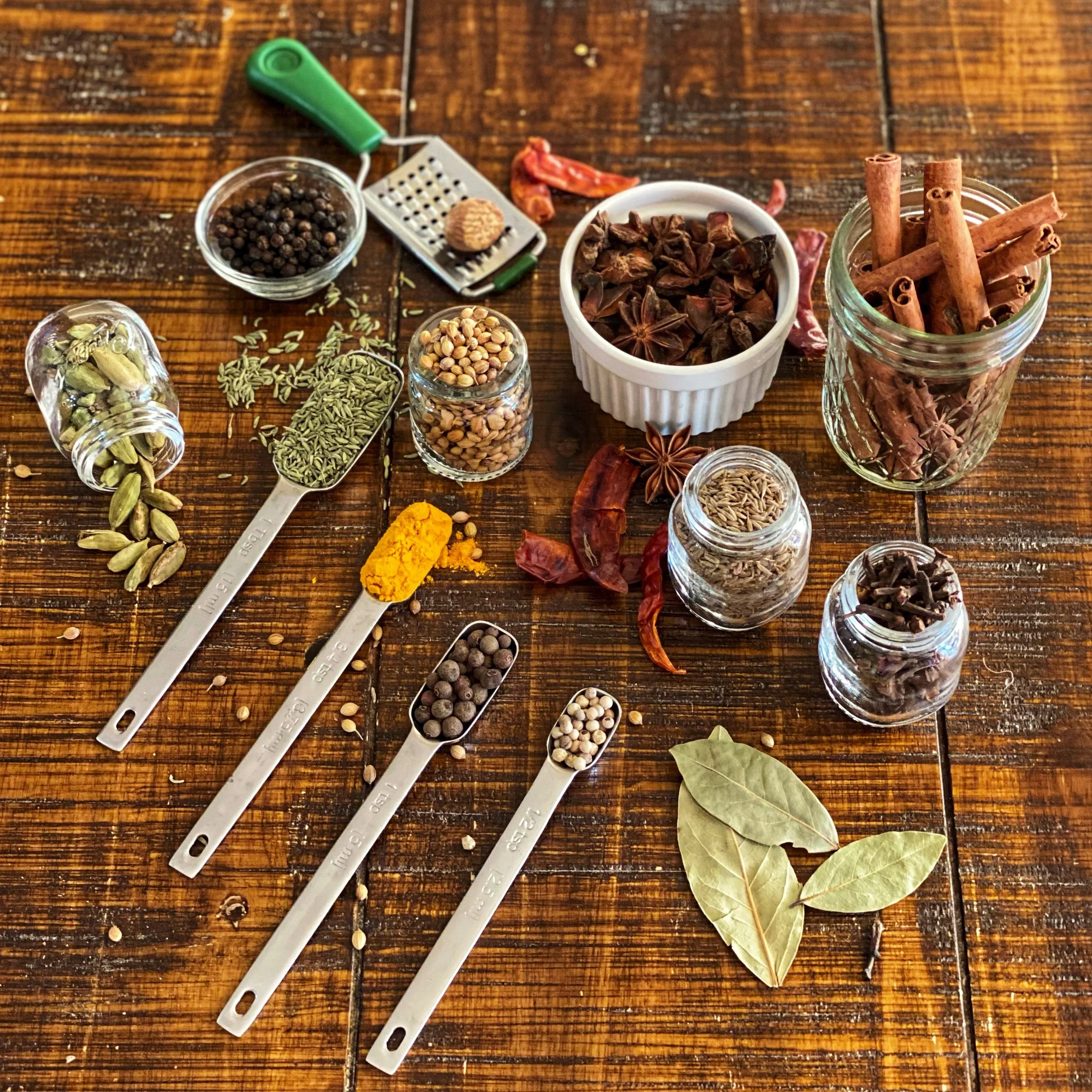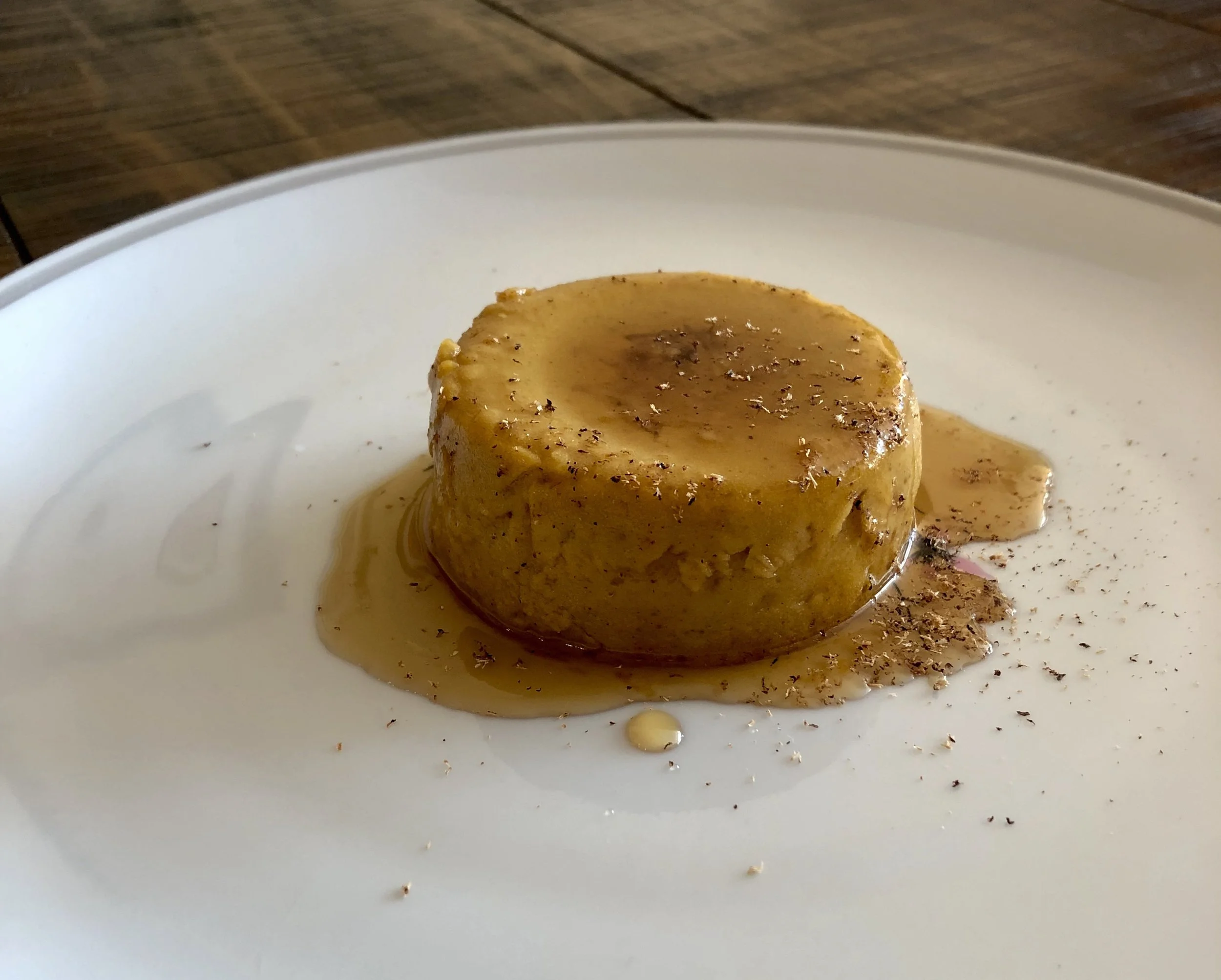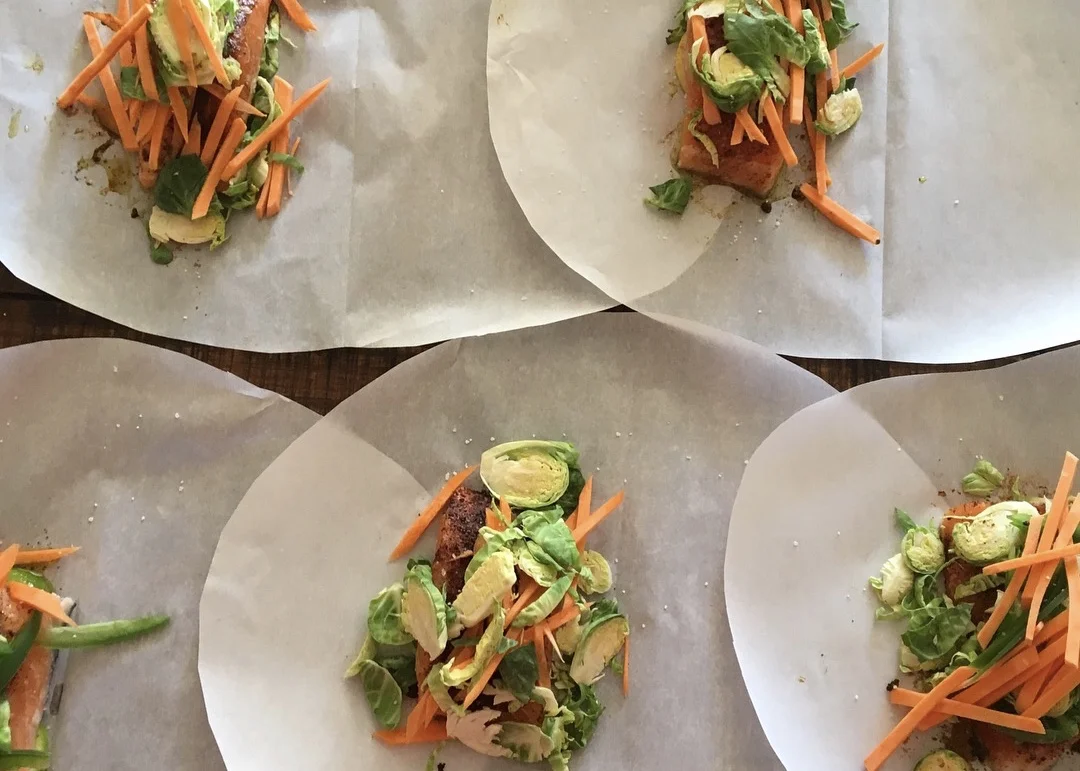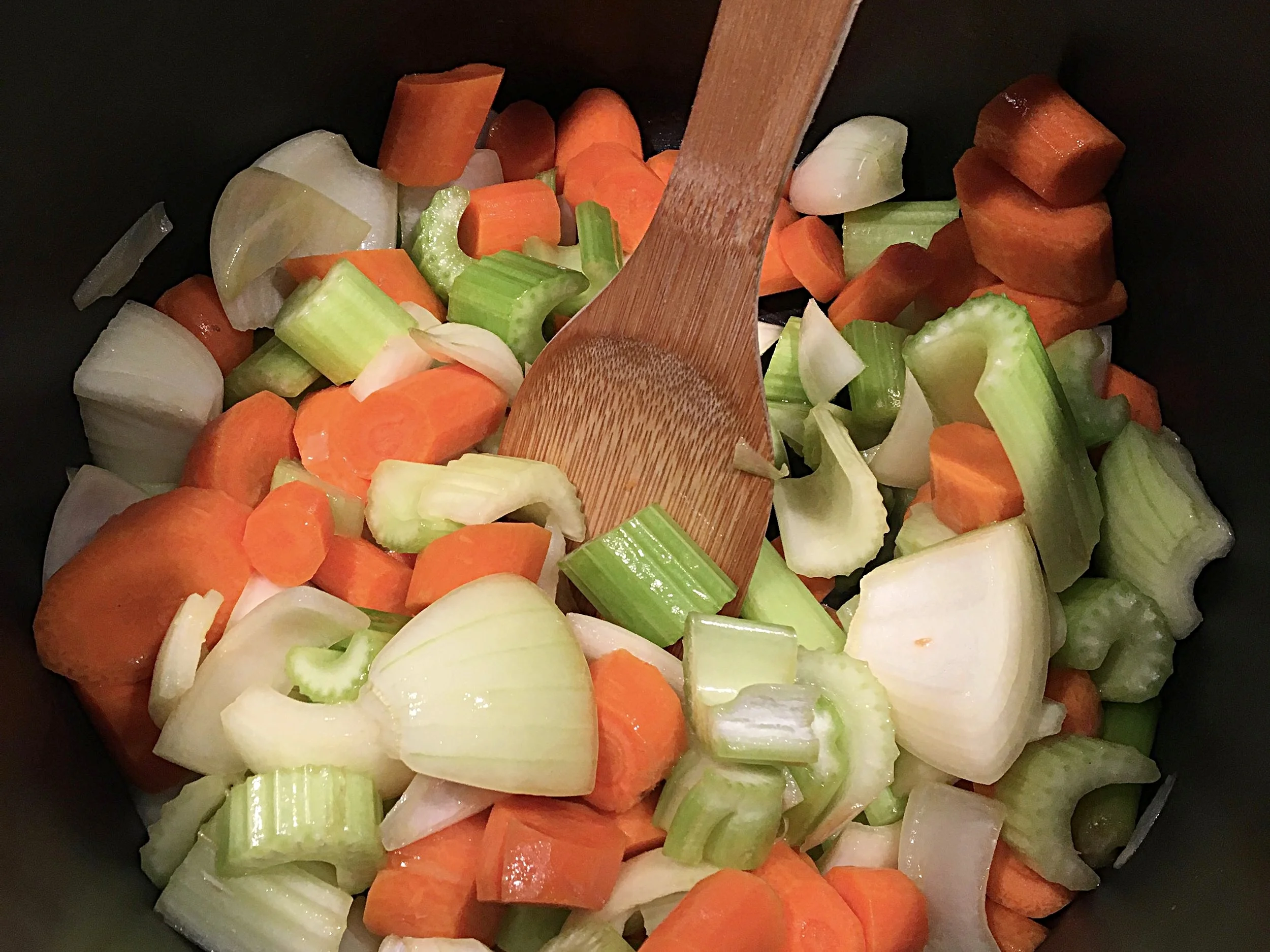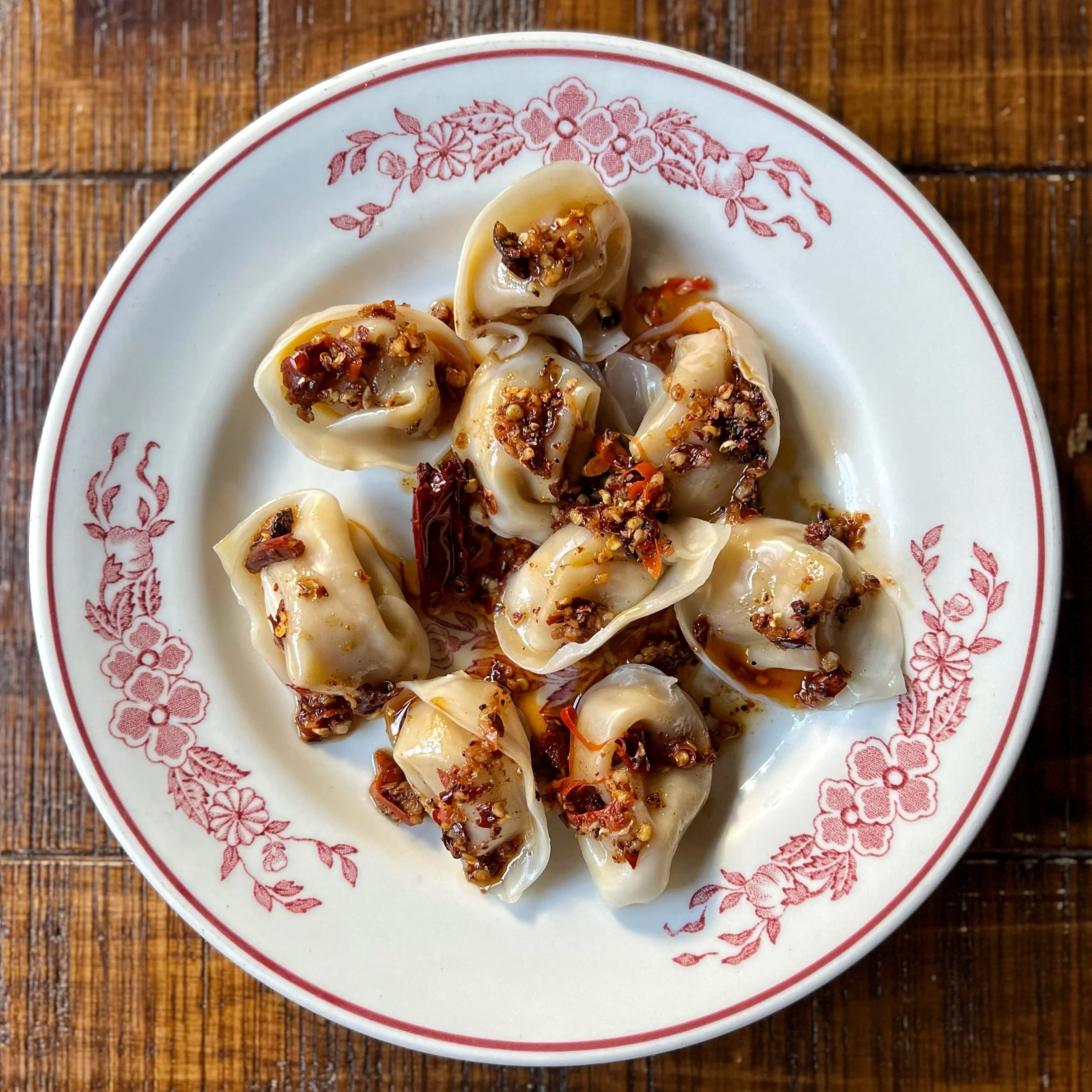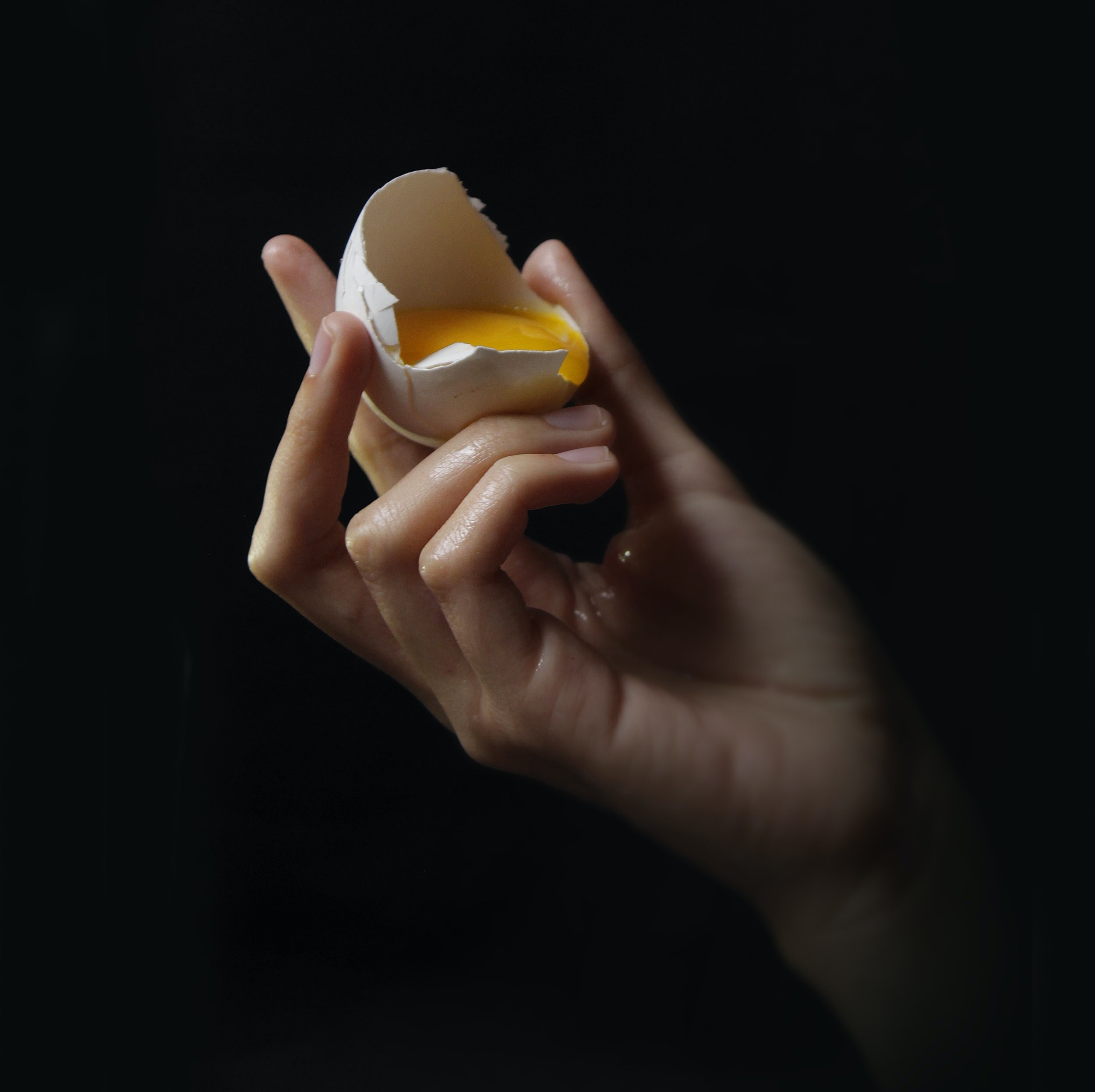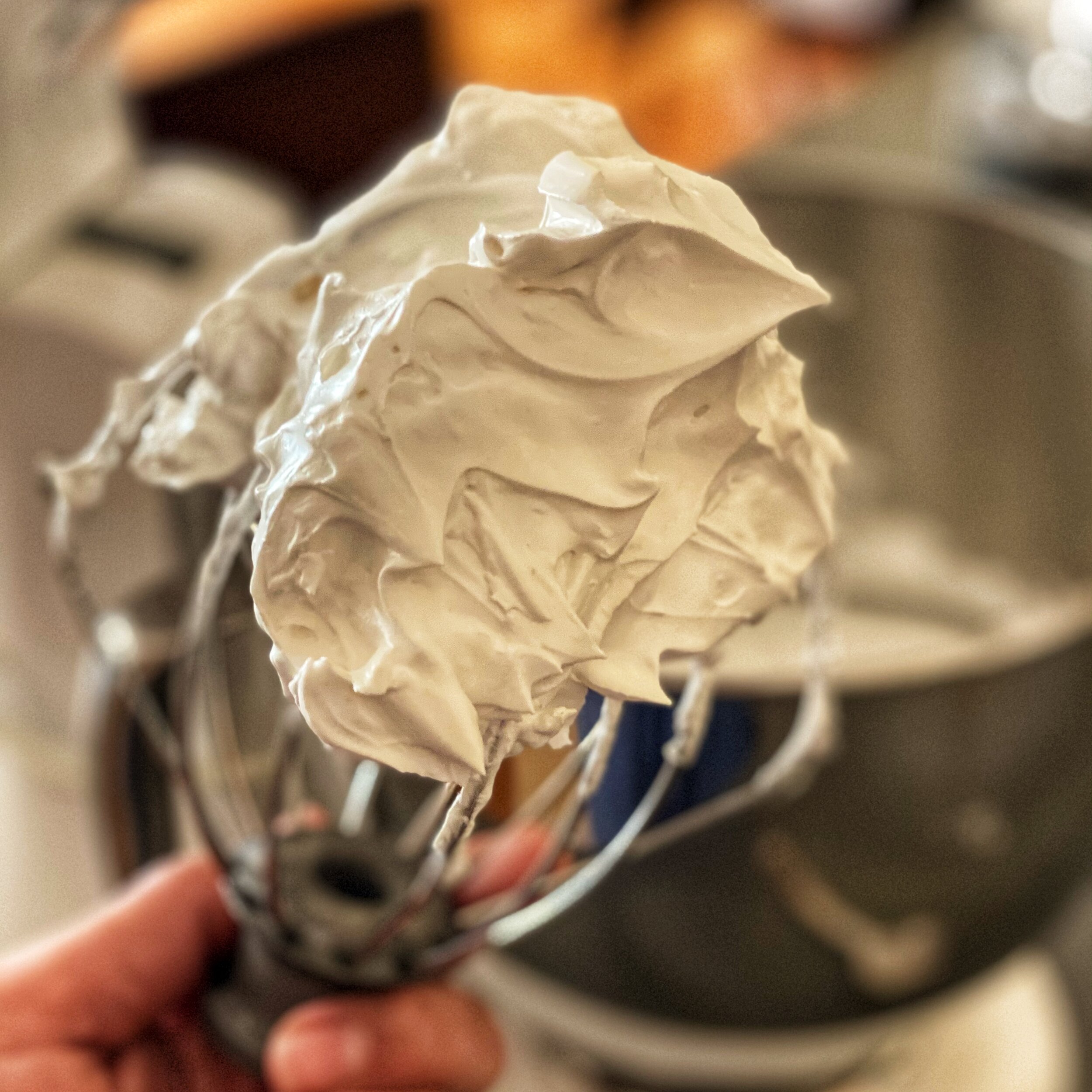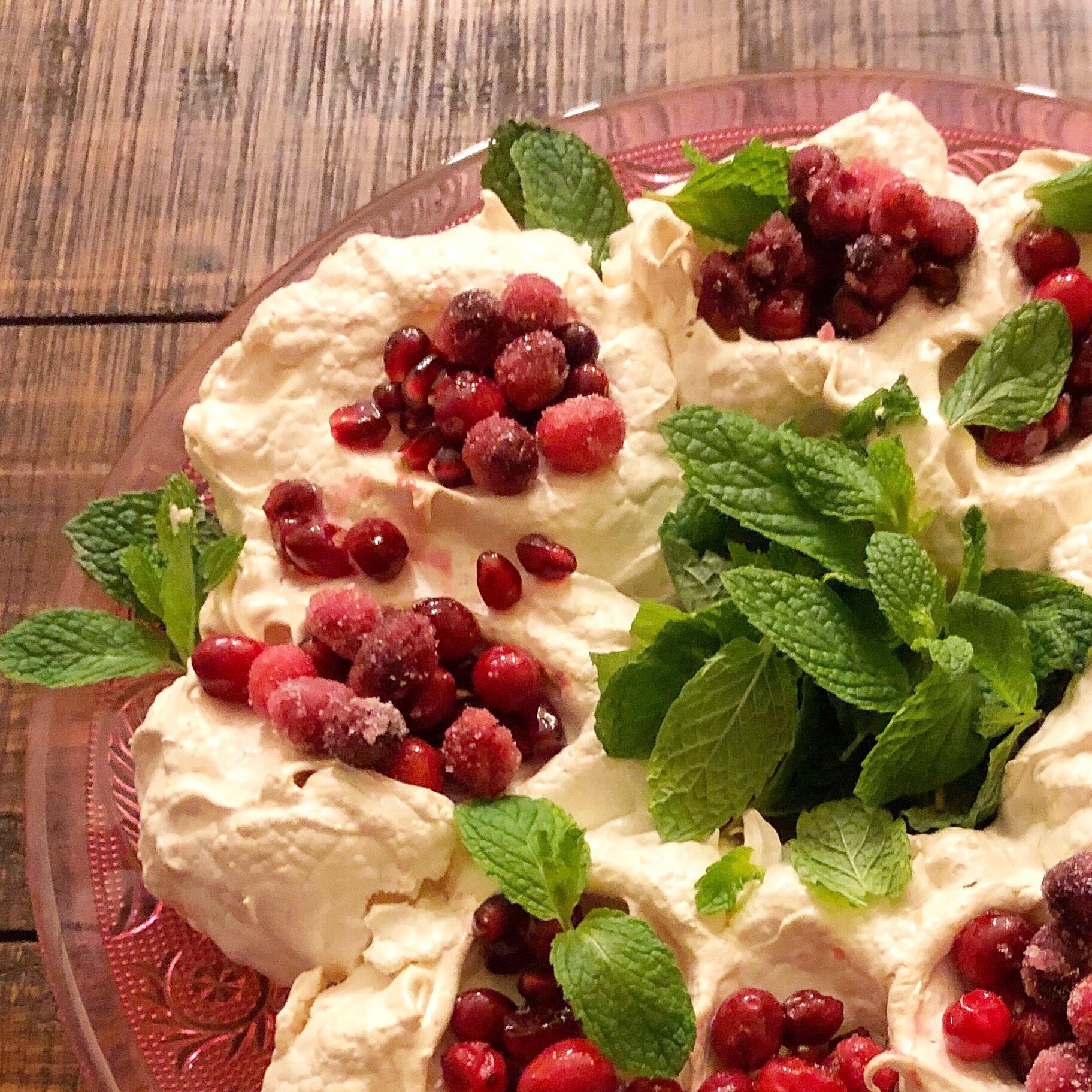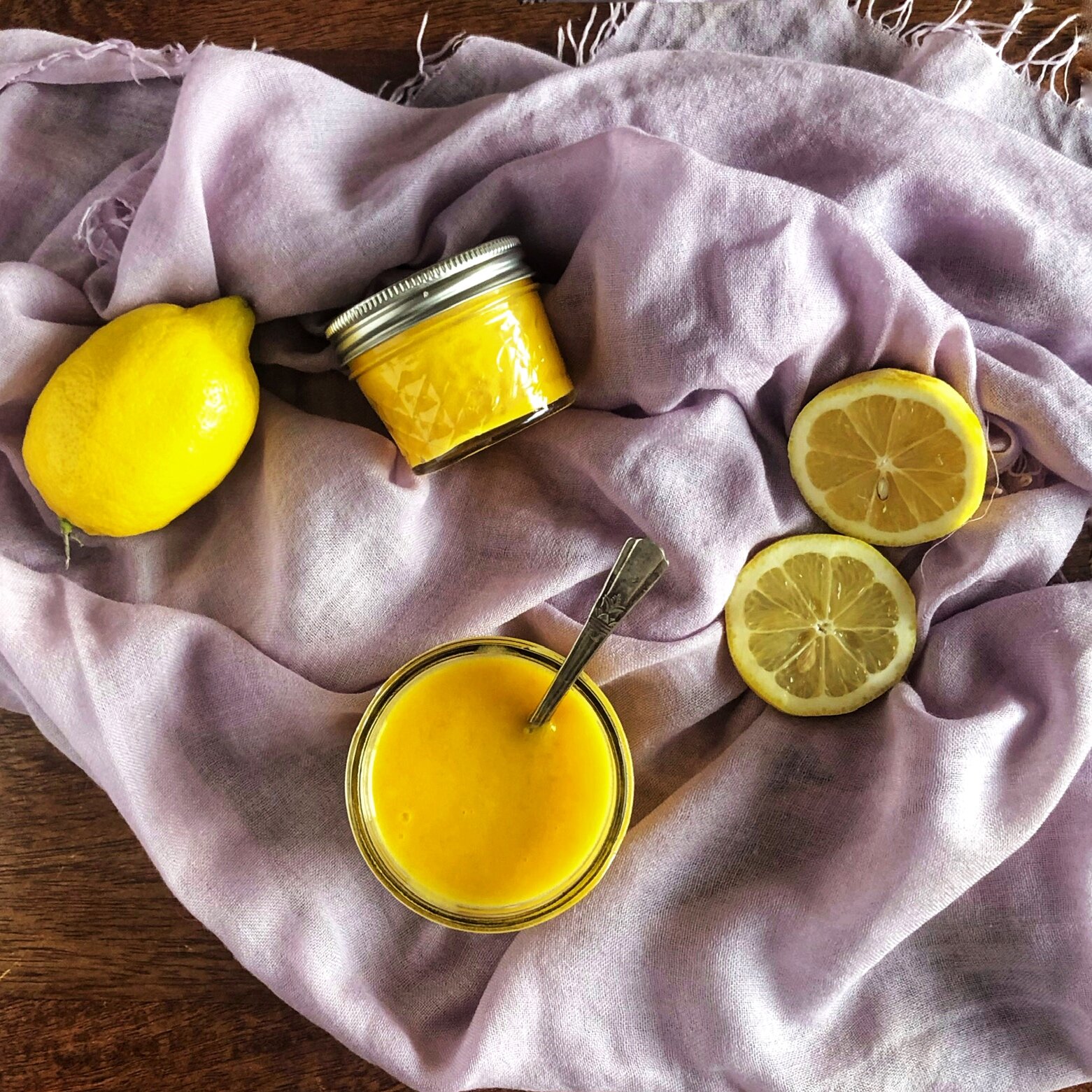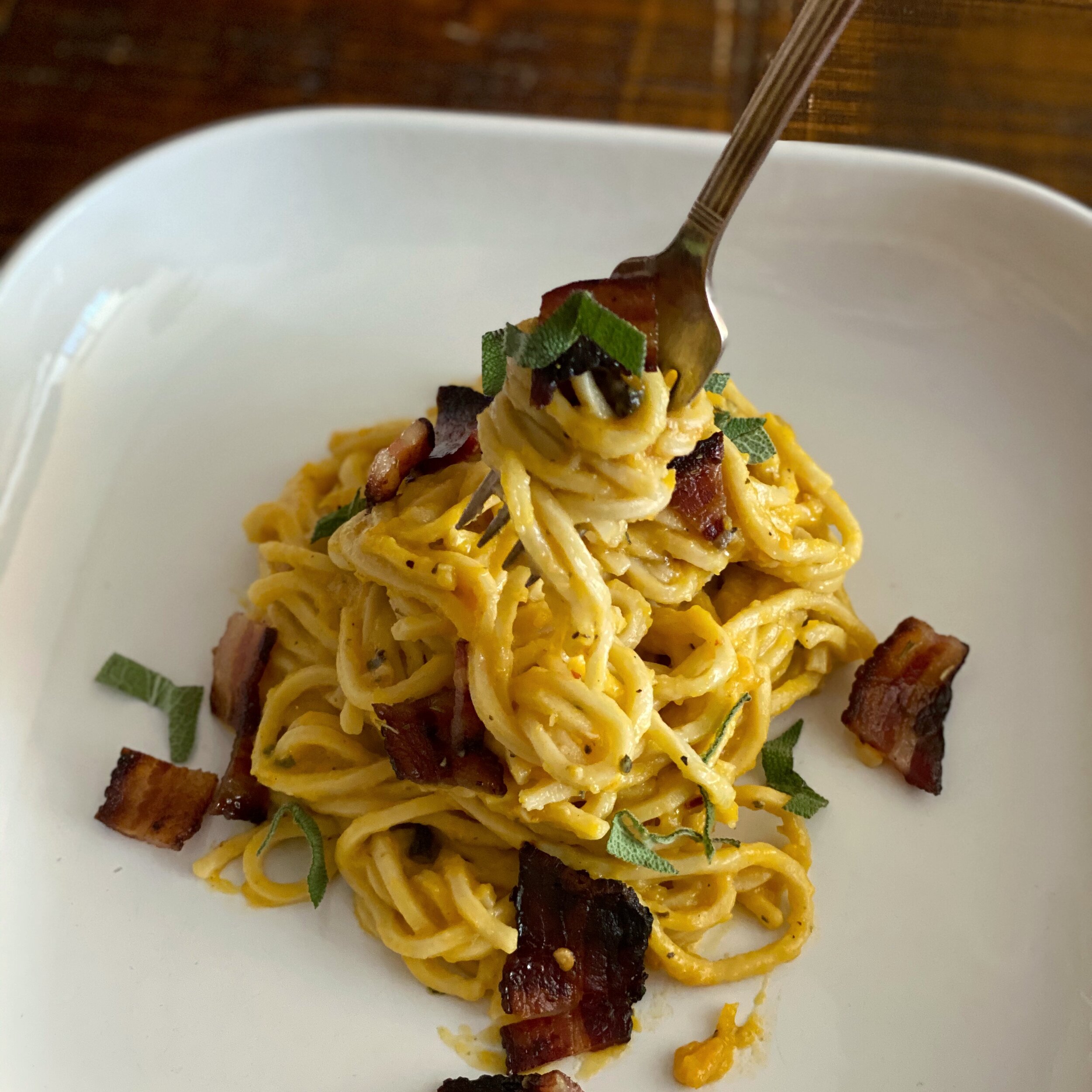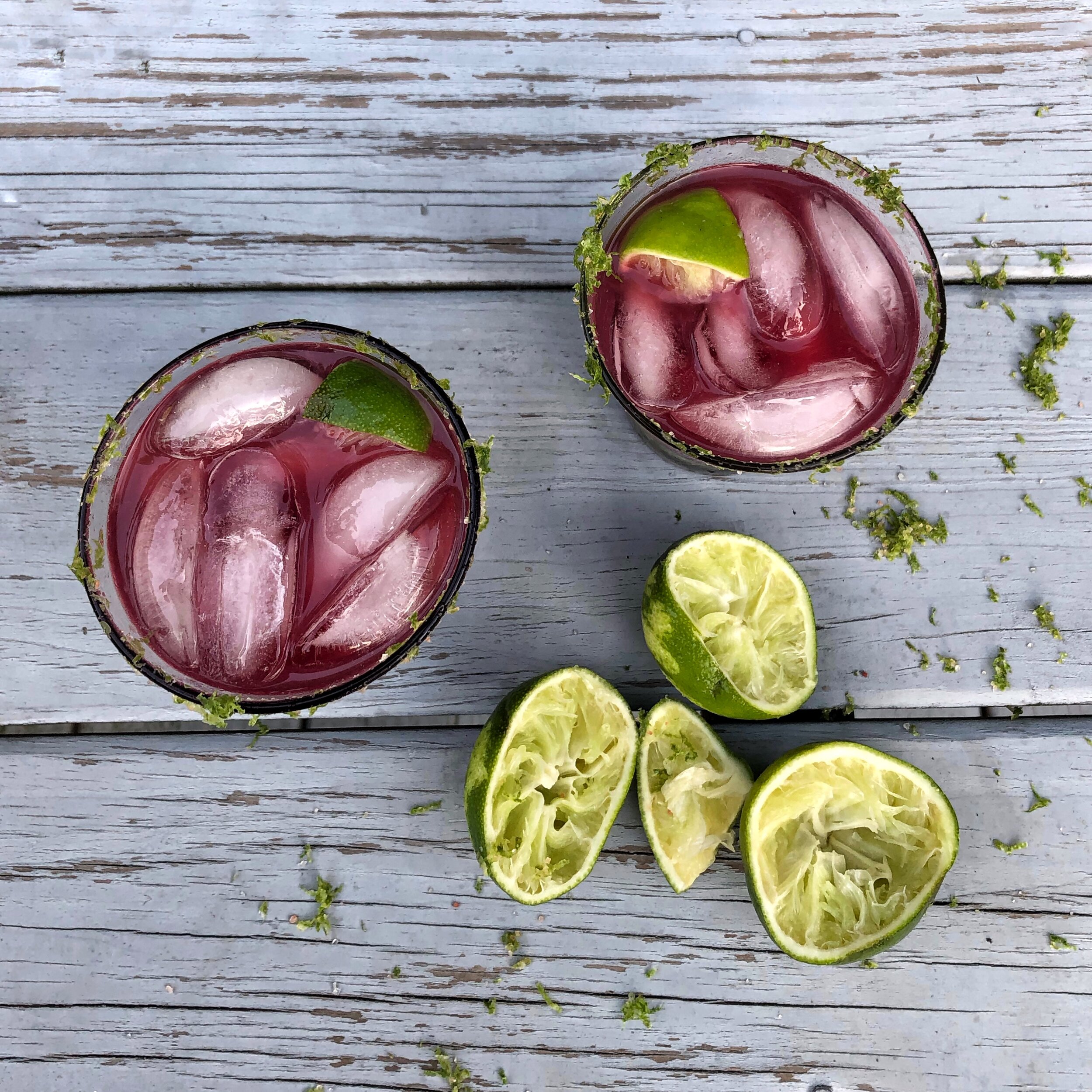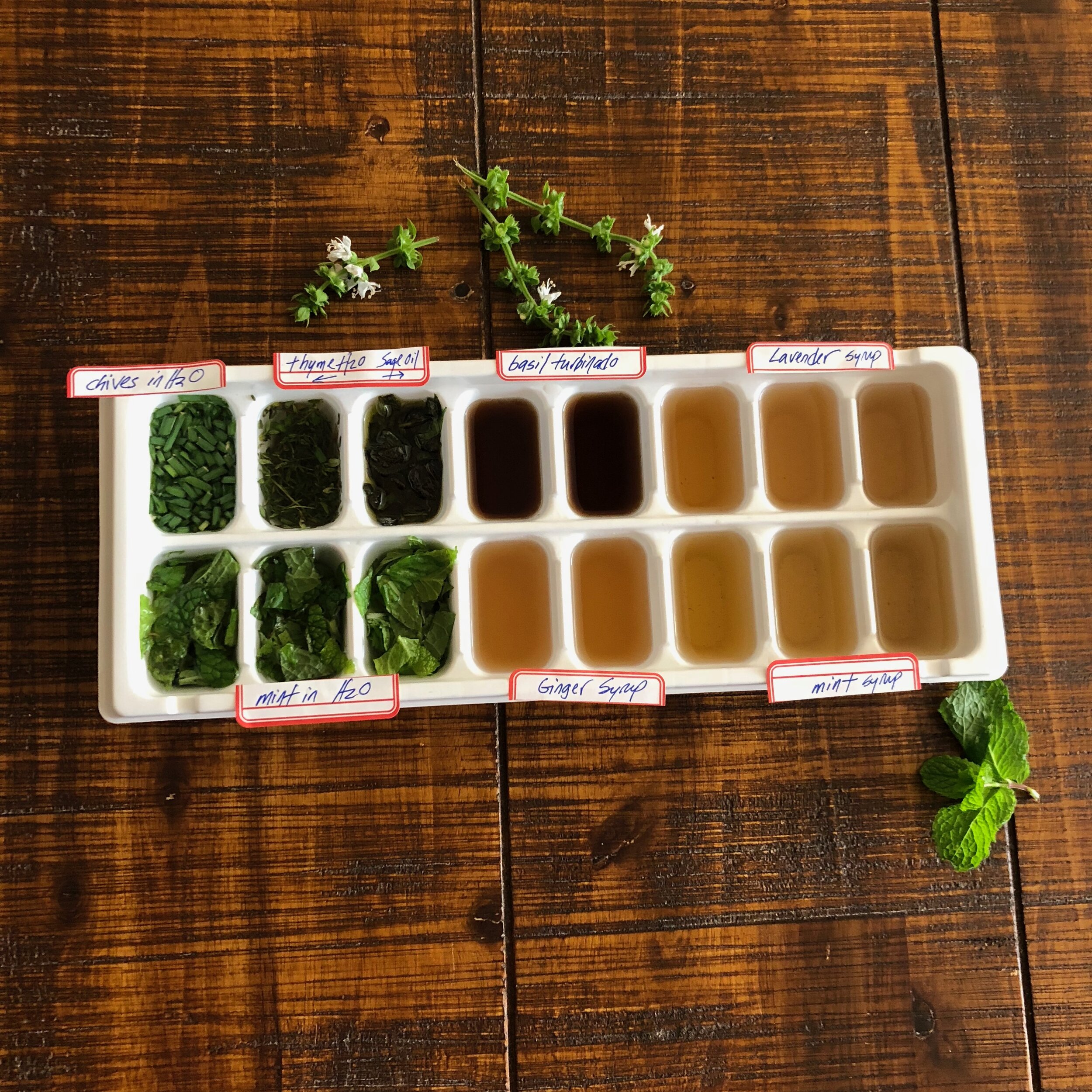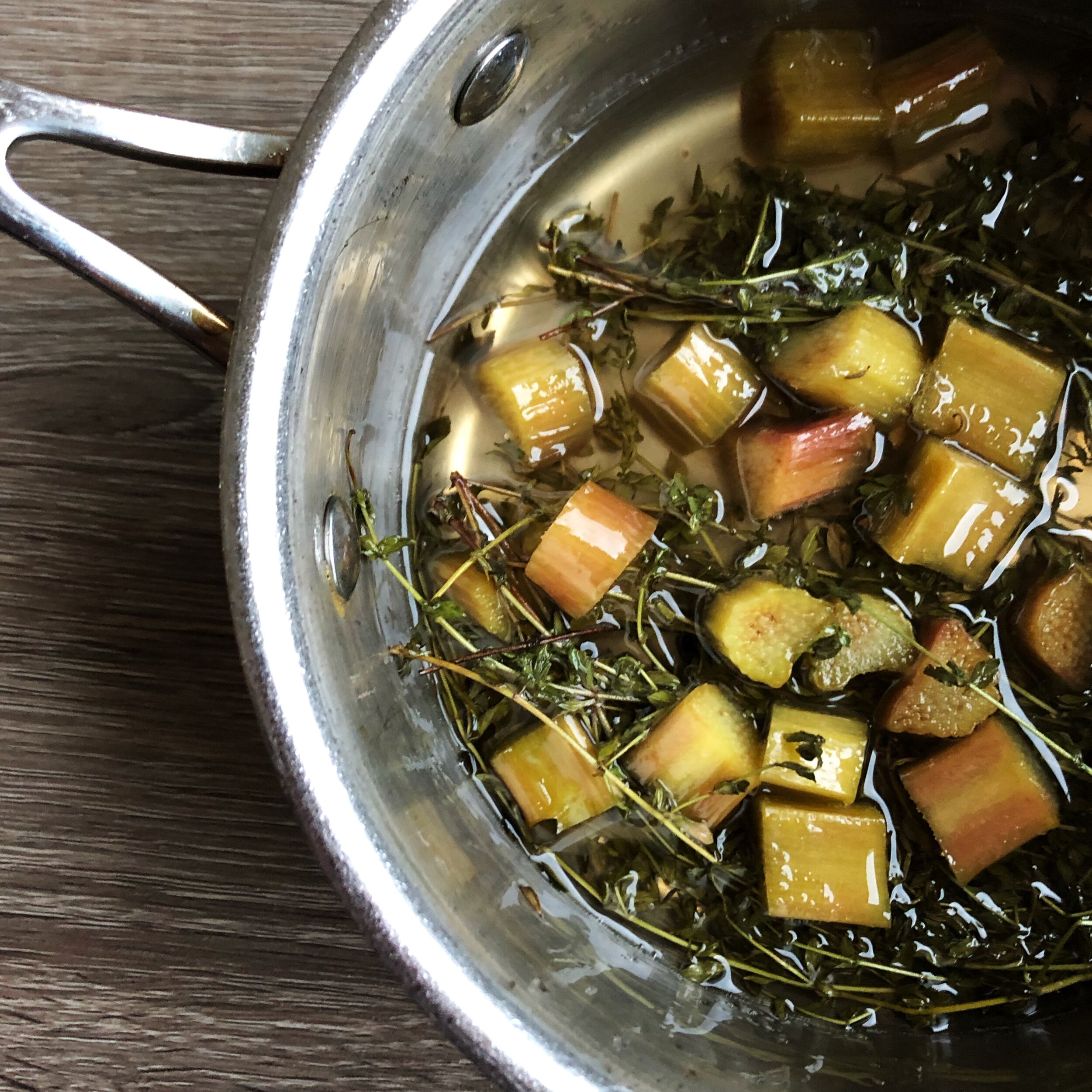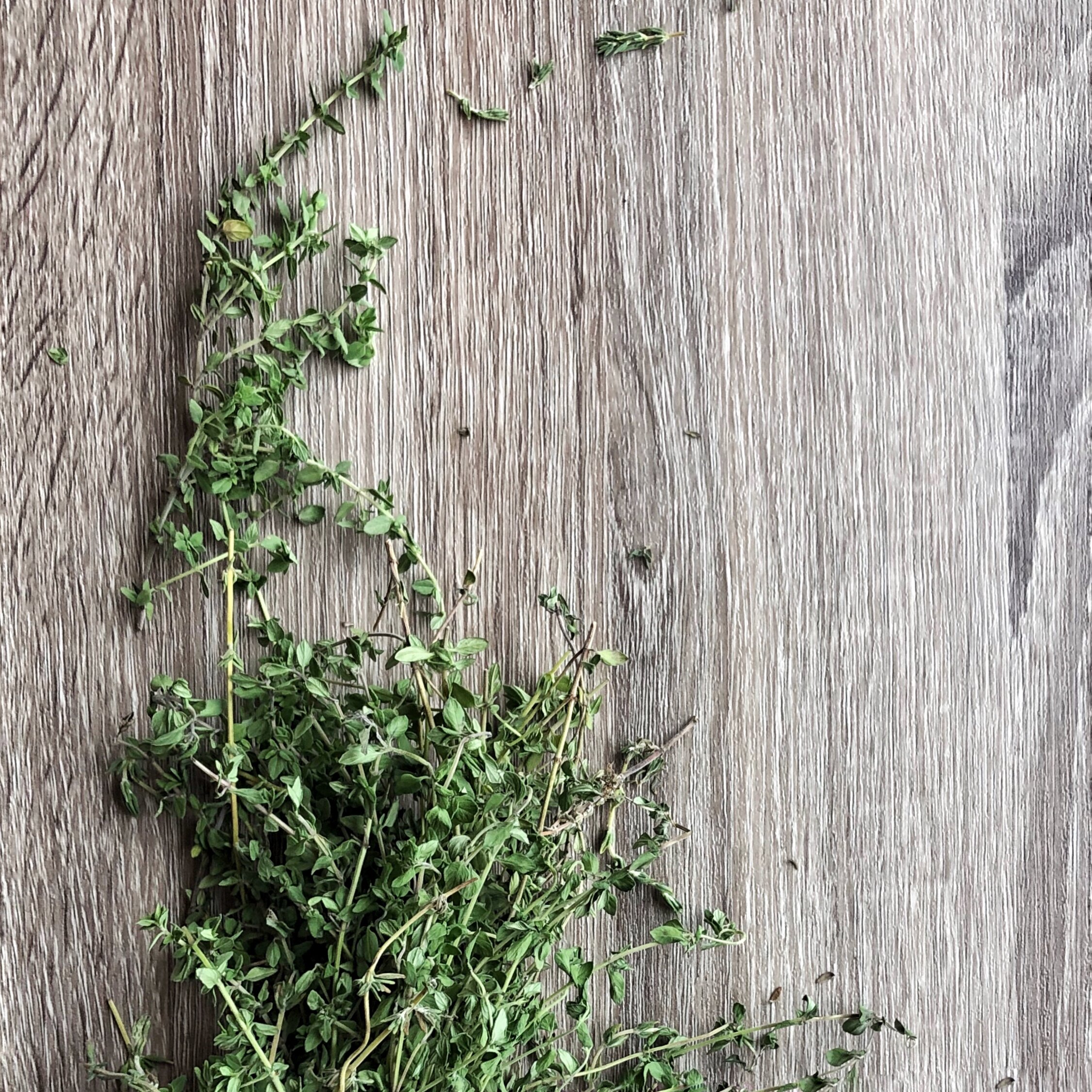Pumpkin is not just for dessert! it is a vegetable, from the squash family, after all. You can use pumpkin to make all kinds of savory dishes. Start with this Pumpkin Wonton in Sichuan Chili Oil because it is easy and you will love it. In fact, I can’t get enough of these.
Use Your Eggs
photo by Miguel Andrade
For about 2 years, a PSA plastered to the bus stop on my corner got me to eat my eggs. From the poster, I learned: it takes 53 gallons of water to produce a single egg. That’s right, 53 gallons for 1 egg. It’s staggering. Would you dump out 53 gallons of water for no reason? So don’t waste those eggs, okay? For all their uses, and due to their lengthy fridge shelf life, it’s unlikely that we will squander a whole untouched egg, unless broken accidentally (see more about that below). The challenge is utilizing separated yolks or whites when one or the other is called for in a recipe.
Below, I’ve compiled my favorite ways to use either extra whites or extra yolks, always within a few days of separating them. I’ve linked to my own recipes where available on my blog, and will add to this as more are published. Reach out for recipes not yet added to my website. I’m happy to pass along.
Please share you own ideas for using eggstra whites or yolks or even partially used whole eggs in the comments section below.
Eggstra Whites? Make…
Meringue - the cookies, the pie topping, the Swiss buttercream
Pavlova - basically, a giant meringue
Marshmallows and Marshmallow topping - get me s’more, baby!
Fortune cookies - press your luck with the quick folding technique
Macaroons and Macarons - yolkless is something these closely named cookies have in common. Or try Mandelhoernchen, an almond version of meringue cookies.
Matzo Balls - no yolks needed
Angel food cake - like the cloud she floats on
Candied Nuts - this one blew me away
Even Crunchier Granola - optional, for when you have an extra white lying around
Cocktails - like the Pisco Sour or Gin Fizz
Meatball, Veggie Patty or Dumpling Filling - just holding it all together
Souffle - chocolate is great, but have you tried cheese?
Add to any situation when using scrambled eggs to make it lighter or add protein
Eggstra Yolks? Make…
Hollandaise, Bernaise, Mayonnaise, or basically anything ending in aise? or Aioli
Pasta - add extra eggs to the dough or get fancy and fill raviolo with an egg yolk
Challah or enriched breads
Custard, Creme brulee, or Pot de creme
Zabaglione or pastry cream
Pasta Carbonara
Bread Pudding or French Toast
Tiramisu
Duchess Potatoes - did you know there was an even better way to enjoy mashed potatoes?
Ice cream - extra yolks are as good excuse as any to make ice cream
Curd - lemon, lime, passion fruit, any fruit
Eggnog
Short Crust Pastry
Egg yolk soup- like Chinese egg drop or Greek Avgolemono (lemon rice soup)
Add to any situation when using scrambled eggs to make it richer or add fat
Sparing Whole Eggs:
If an egg does accidentally crack or even break, all hope is not lost. If you saw it happen, and it was less than an hour or so, pick out the shell and transfer that cracked egg to an airtight container. Keep it refrigerated until you can use it, or within a few days. Don’t worry about any bacteria it might have picked up on the countertop or from outside its shell when it broke. Any harmful bacteria would already be on the inside anyway and needs to get cooked thoroughly before you eat it.
Same goes for if you are separating eggs and yolk bleeds into whites or vice versa — just transfer to an airtight container and make a mental note to use it first the next time you need a whole egg.
Same goes for a beaten egg from an egg wash. If you have a bit remaining, add it to your next batch of scrambled eggs, french toast batter, or meatball mixture. Or just pop it in the microwave for 15 seconds with salt and pepper and have a protein rich snack while you bake.
Herb Infused Syrups
Wait! Stop! Despite what you’ve been told, you should not wrap your freshly harvested herbs in paper towels and store them in your freezer for future use. Let’s be real, you won’t use them. The future leaves, brittle and flavorless, won’t resemble the fresh greenery they once were, and this is a tremendous waste of paper towels, plastic bags and freezer space! Transform those herbs into something that is preservable, portable and ripe with many uses. Some typical creations include pesto, chimichurri, salad dressings and marinades, but have you tried herb infused syrups for use in cocktails, mocktails or baked goods? This recipe requires only about 5 minutes of active time, 3 ingredients [including water] and produces something with countless uses that lasts for months.
Herb Infused Simple Syrups
Yield: 1 cup syrup
What You Need:
½ cup sugar
¾ cup water
1 loosely packed cup of leaves of mild herbs such as mint, thyme, and basil or ½ cup stronger herbs such as rosemary, lavender and sage
What You Do:
In a small pot, combine sugar and water. Over high heat, stir until sugar dissolves. Add the herb leaves and bring to a boil.
Remove from heat and allow herbs to steep and cool for about 30 minutes.
Strain through a fine mesh strainer. Discard the solids.
Note: For a more concentrated, thicker syrup to use in or on baked goods in place of corn syrup, maple syrup or honey, return to stove. Heat on medium high for 5 minutes until reduced and syrupy.
To freeze: Transfer to small jars or plastic containers with tightly fitting lids. Due to the sugar content, the liquid will not freeze completely solid. You can freeze in ice cube trays and then transfer to plastic bags, but beware that cubes will remain slightly soft. Use within 6 months.
Variations:
Ginger Syrup - Use ½ cup sliced ginger root instead of herbs or in combination with herbs to make ginger syrup. Ginger + Mint is particularly nice.
Rhubarb Syrup - Add one stalk of rhubarb, cut into 1 inch chunks. Rhubarb + Thyme is a great pairing.
Citrus Syrup - In place of some of the water, use ¼ cup orange juice or 2 tablespoons lemon juice. You should still have ¾ cup total liquid. Sage + Orange is a great combination. Lemon + Lavender is another.
Shopping in your Freezer
Miso Ramen Noodle Soup with Broccoli, Edamame and Jalapeno
Every once in a while, I attempt to dig out my freezer and use up all of its contents, to save $ at the grocery store and free up space for new creations and the bounties I'm anticipating from local crops. It's my version of spring cleaning, aptly named using a term coined by my Grammie. She routinely bears gifts of clothing, fabric and housewares. When asked if she's been shopping, she says, "oh yes, shopping in my closet!"
I've been sharing some of my recent mouth-watering creations out of goods I found stashed in my freezer, which prompted many of you to ask, how big is your freezer? How do I get that out of my freezer?
So, in response...
...my freezer is pretty standard. I live in a Brooklyn apartment, after all.
...here's a list of my tips for finding ingredients and inspiration in your own freezer. Armed with these, you too can make a quick meal, prevent waste and avoid the grocery store, but you might also discover a new family favorite, test your culinary muscles and make something out of the ordinary.
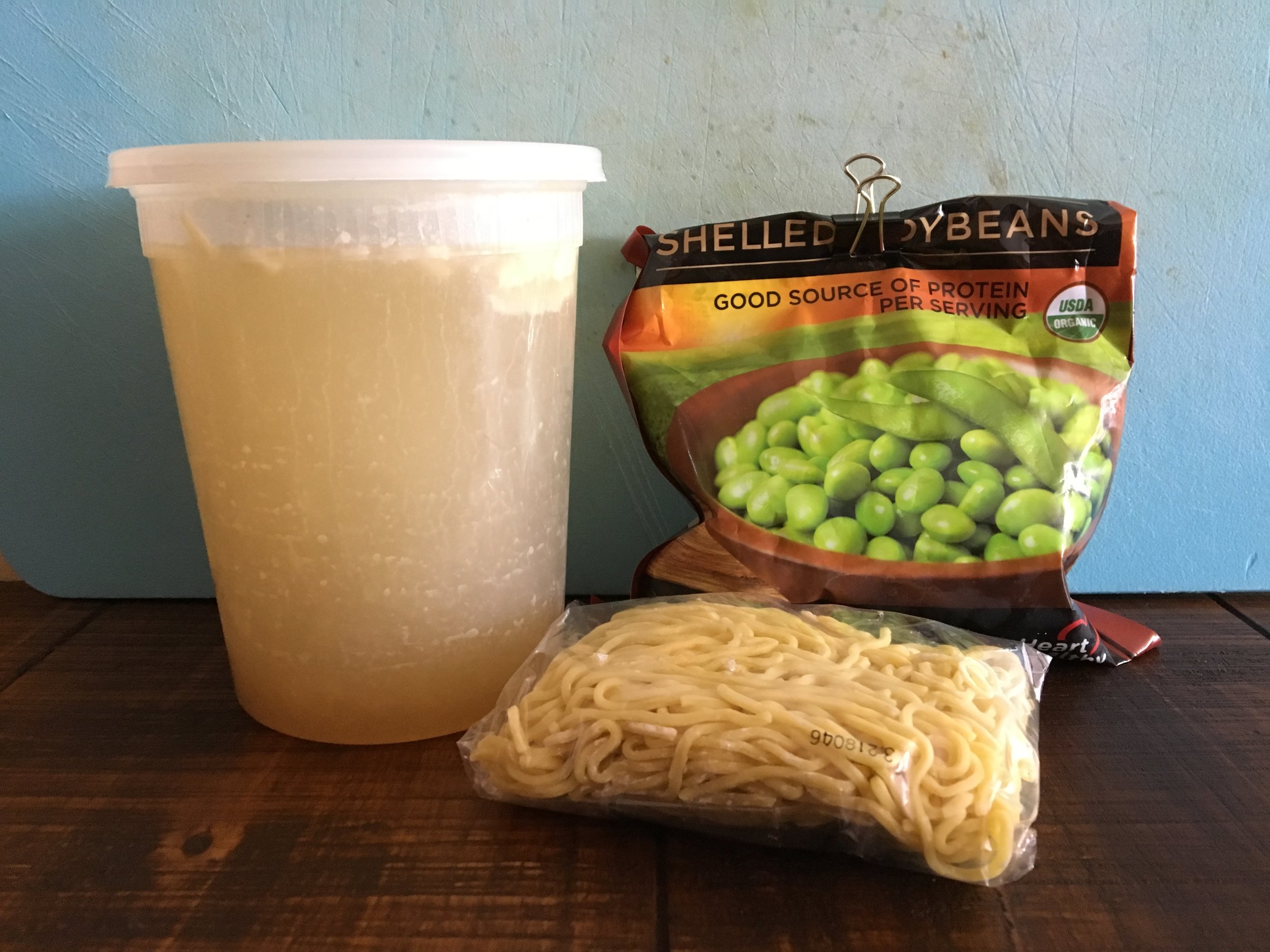
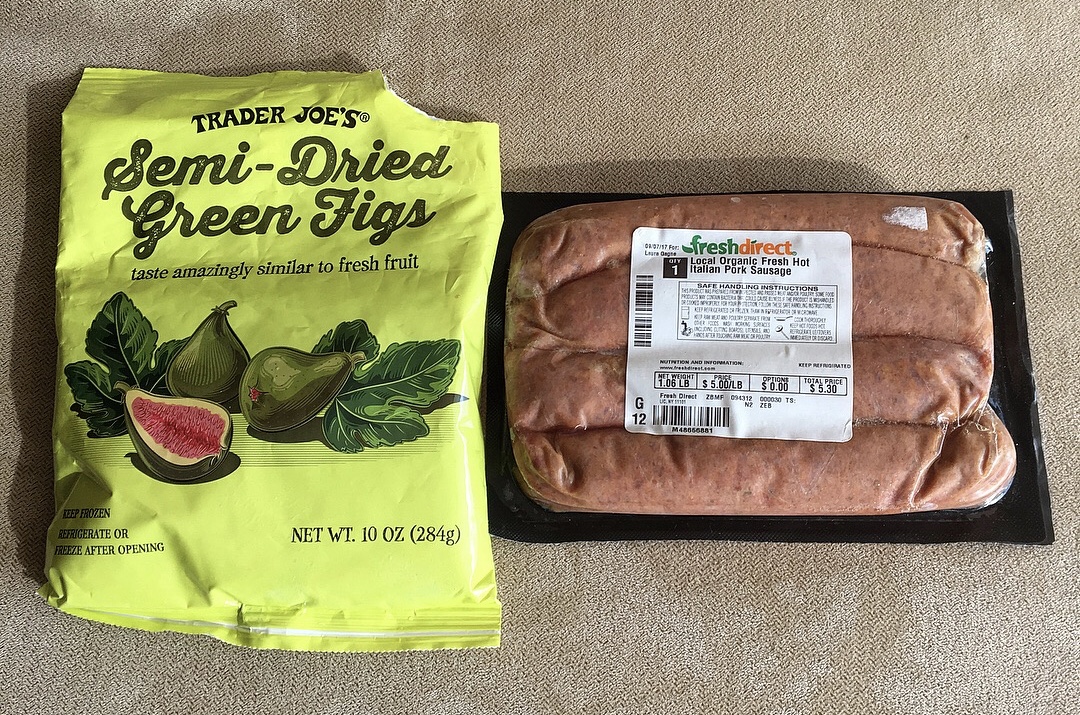
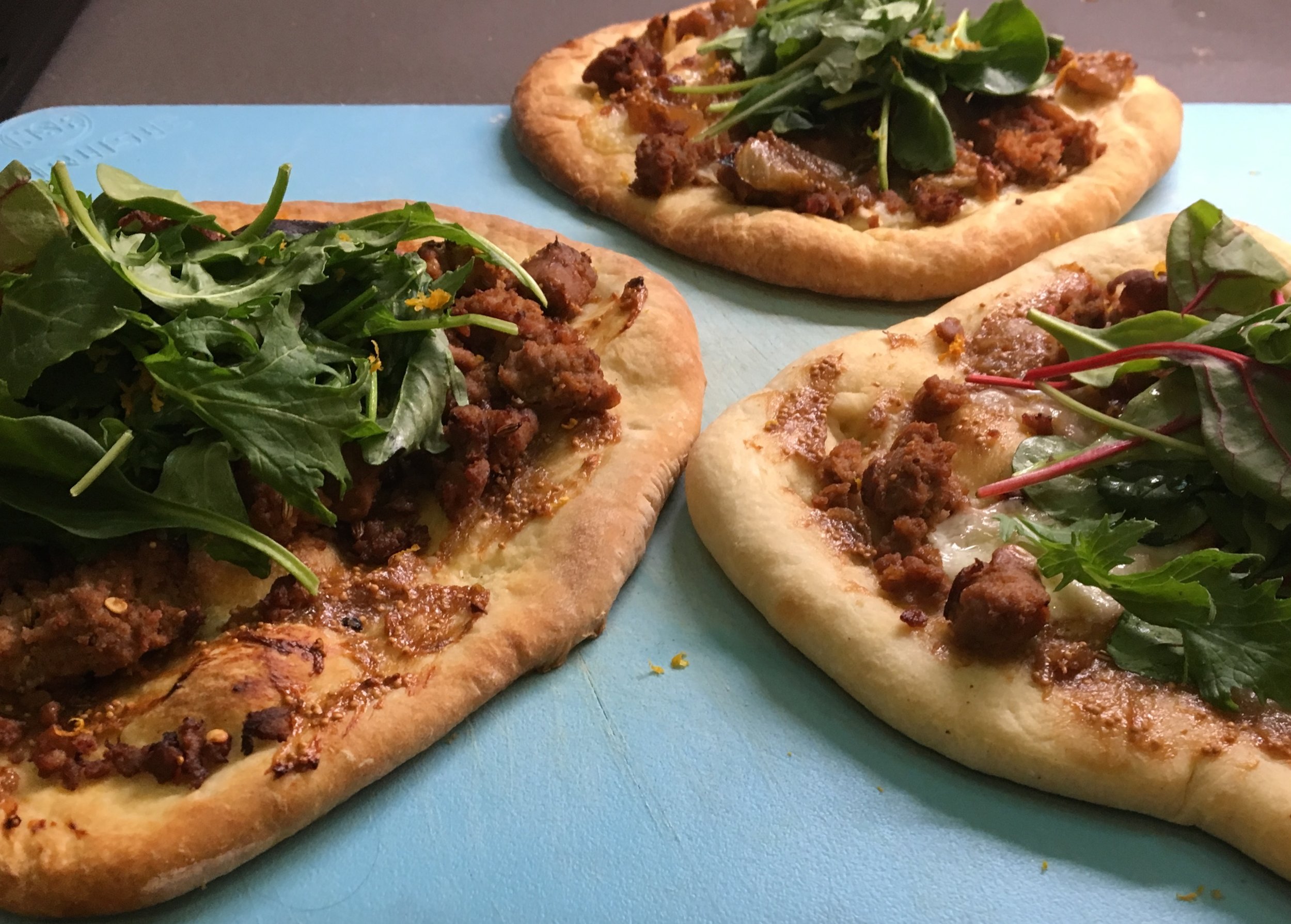
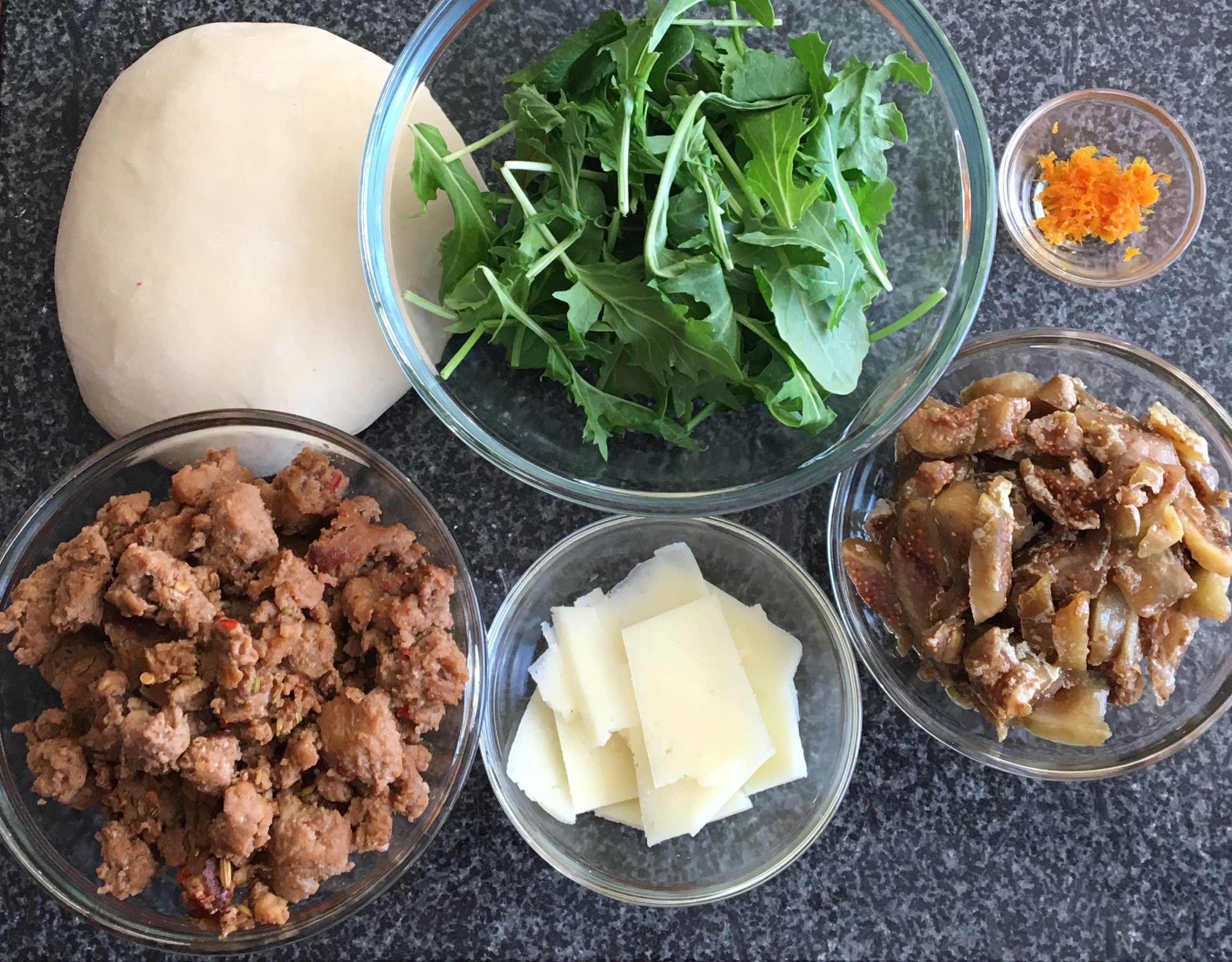
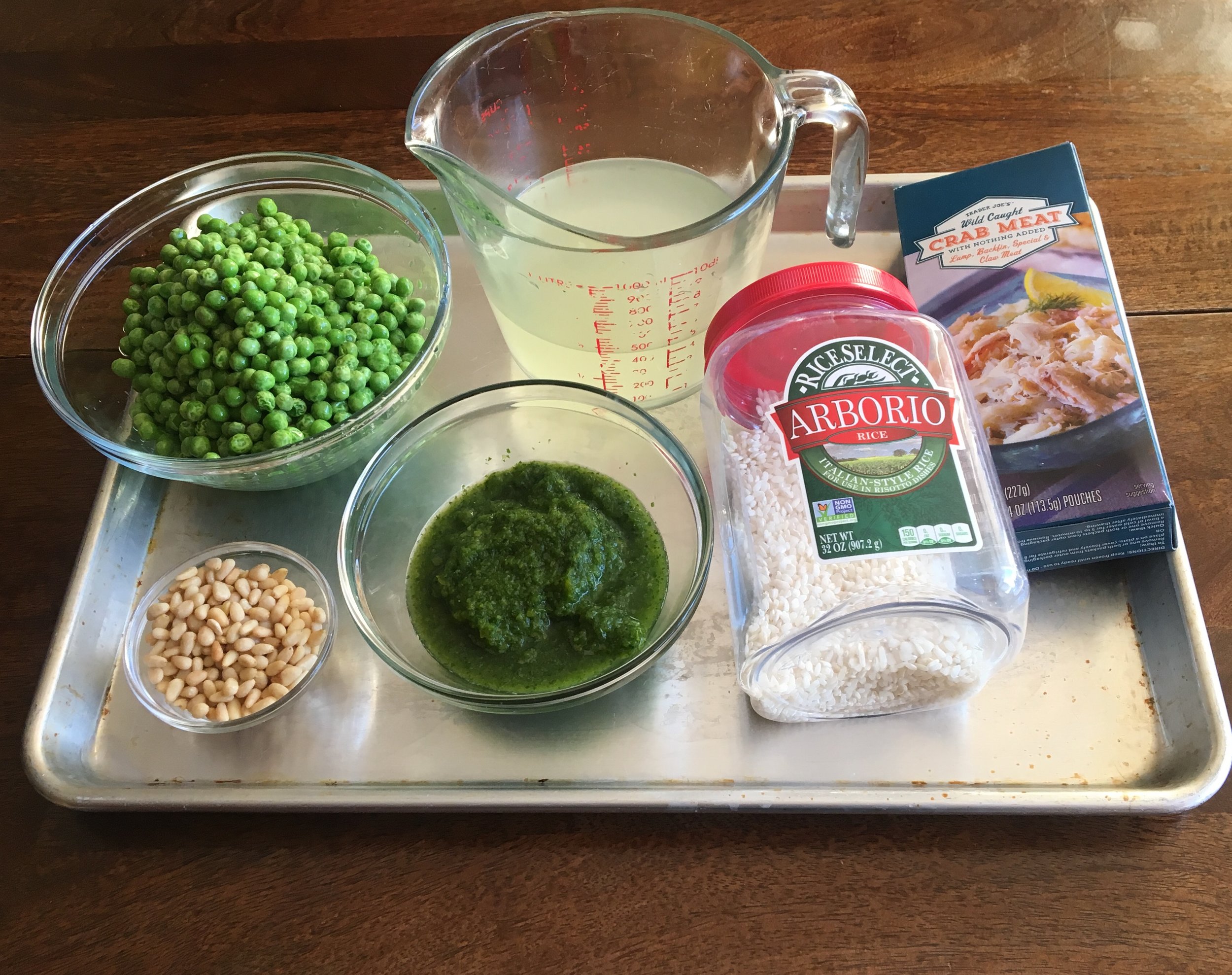
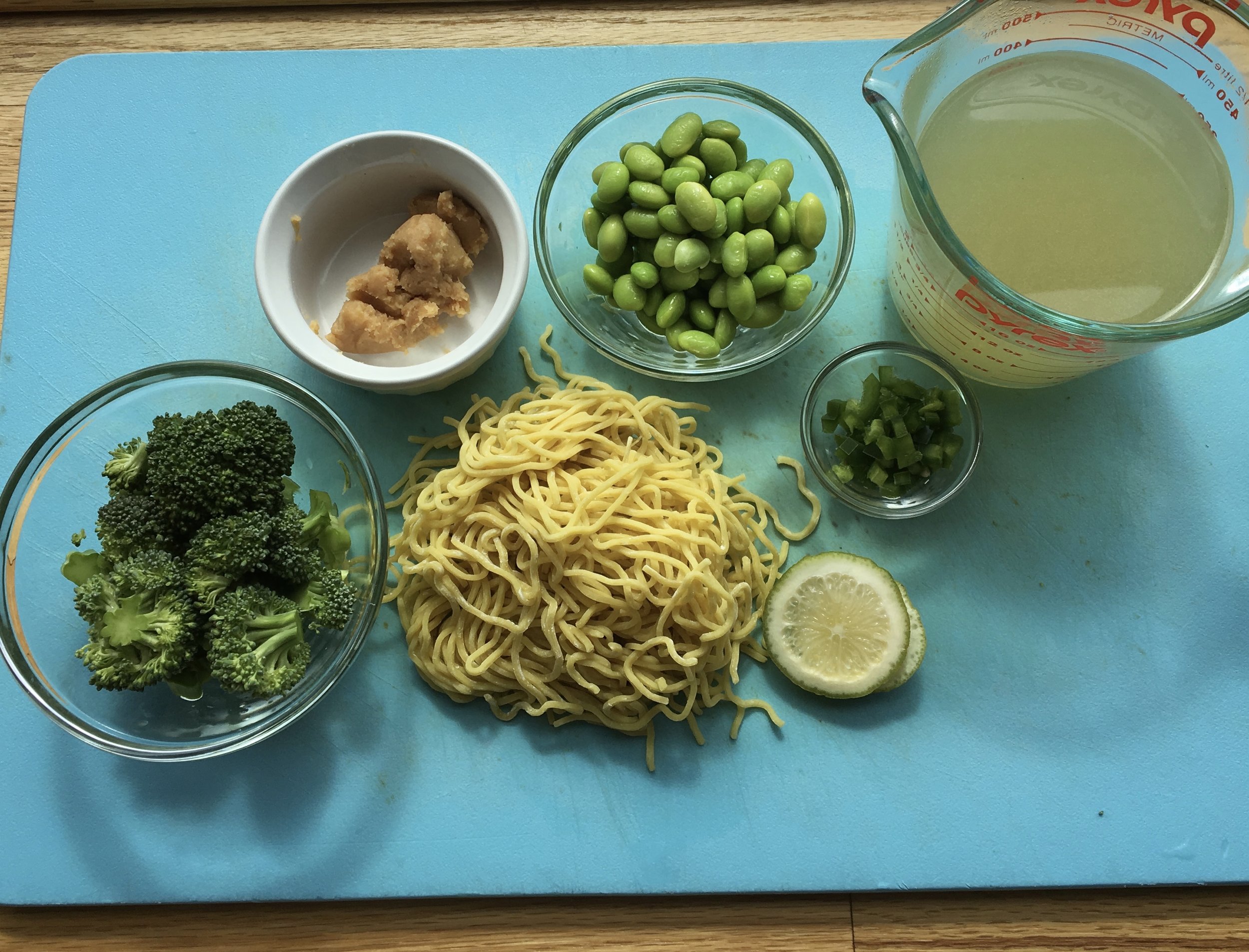

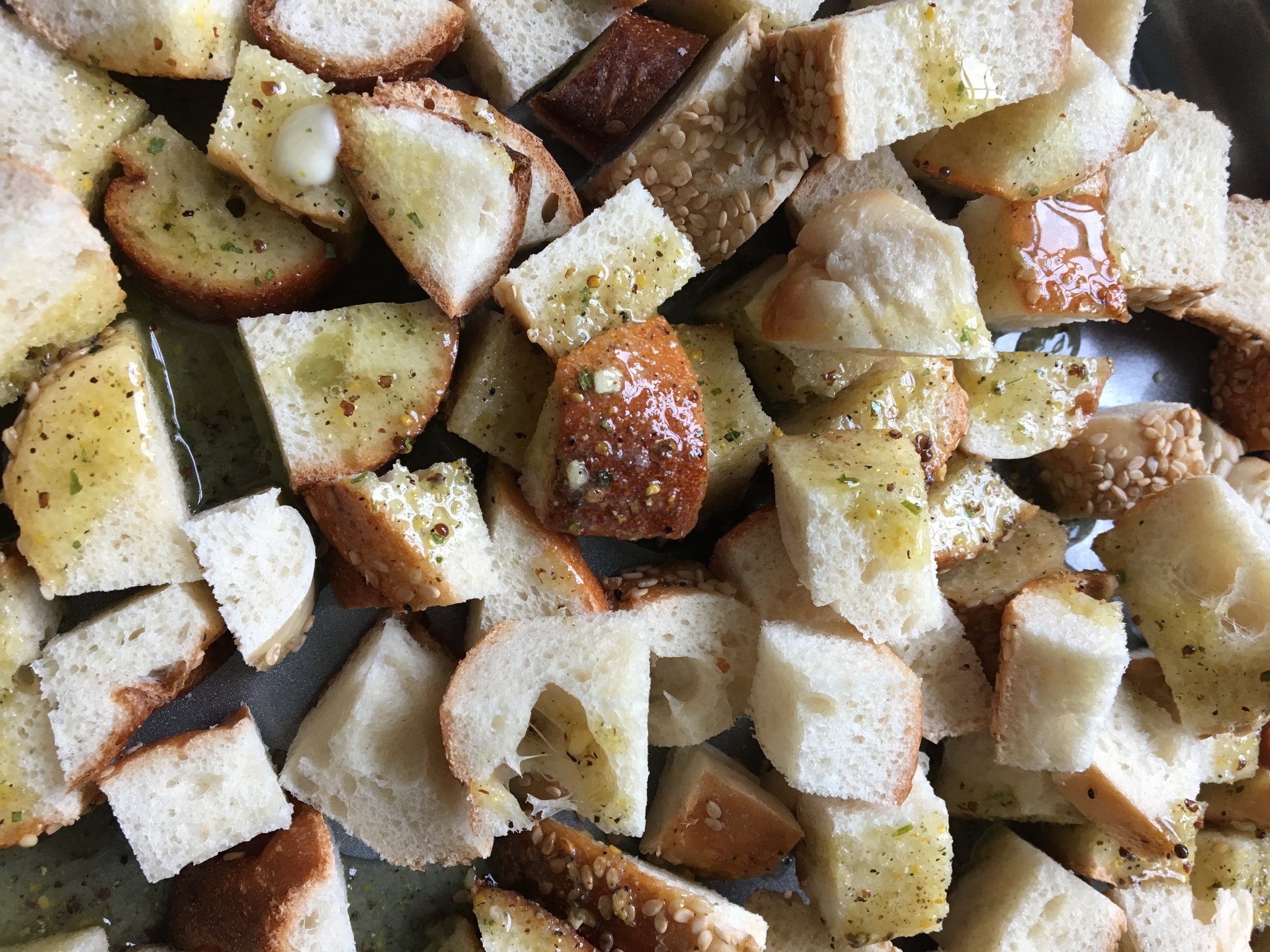

Organize it. Occasionally, take everything out of the freezer and sort it, consolidate similar items and return them to the freezer in an organized fashion. For example, put all animal proteins in one corner, vegetables in another, and stack ready-made meals, like soups and stews together. I also use a narrow bin for lining up my purées and sauces in their liquid storage bags (I use re-purposed breast milk storage bags I have in excess).
Choose wisely. Either randomly select two items, such as one protein and one vegetable to give yourself a challenge or choose two to three items you know go together well (more on that later). Better yet, have your partner, child, roommate, or sister that you're texting, choose the items for you. Set those chosen items in the fridge or out to thaw. Now you're stuck with those, Chopped style. So make it work.
Use formulas. Refer to a list of go-to recipe templates. The types of recipes I'm talking about are best described as "plug and play". Think of general recipes that have a base, a procedure you are familiar with, and a few interchangeable components. My templates include pasta dishes, soup, stew, muffins, quiche, pizza, risotto, grain bowls, pot pie, or stir fry.
Brainstorm flavor combinations. Determine which ingredients and flavors go together. Did you just take peas and ground turkey from the freezer? So ask yourself, what else do I make with peas or what spices and vegetables were in that poultry dish from my favorite restaurant? Or conduct a quick internet search for recipes by ingredient. One resource I love for brainstorming flavor and ingredient combinations is the Flavor Bible. A dear friend gave me this book years ago and I still reference it weekly. Just learned that there is a Vegetarian Flavor Bible now too.
Ignore measurements. It does not matter if the package is half full, or if you don't have as much sauce as you usually use. It's not an exact science. Just add more or less liquid or crunch as needed.
Set a time limit. Again, Chopped style. If you limit how much time you have to either think about what you are going to make with the freezer finds or actually cook dinner or both, you will force your creative side without losing too much time.
Re-purpose freezer finds. Turn something you don't like into something you love or that the kids and picky eaters of the world will eat. Change the texture and overall structure of the ingredient. For example, I had a purée of steamed sweet potatoes, apples and carrots that the baby suddenly turned his nose up at (after liking it for a few months). That purée just became the star ingredient in my famous sweet potato waffles. And all the rejected old bread ends that will never qualify for a BLT or PB&J make beautiful garlicky croutons for a panzanella salad.
Allow yourself an out. You do not have to eat your failures. If it is truly terrible, you can toss it, compost it or feed it to the dog. It's okay, you shopped in your freezer and you gave it a try. Or you might even re-purpose it to another step. We made a risotto out of crab meat, sofrito and peas. It was just okay, and there was a lot remaining, so rather than force ourselves to eat the leftovers, I thought, why not mix in some cheese, roll into balls and pan fry for arancini magic!
And many of you want to know, how do I get all of these things into my freezer to begin with? That's a topic for another day or series of posts. Stay tuned and in the meantime, see here for my chowder freezing tip.
